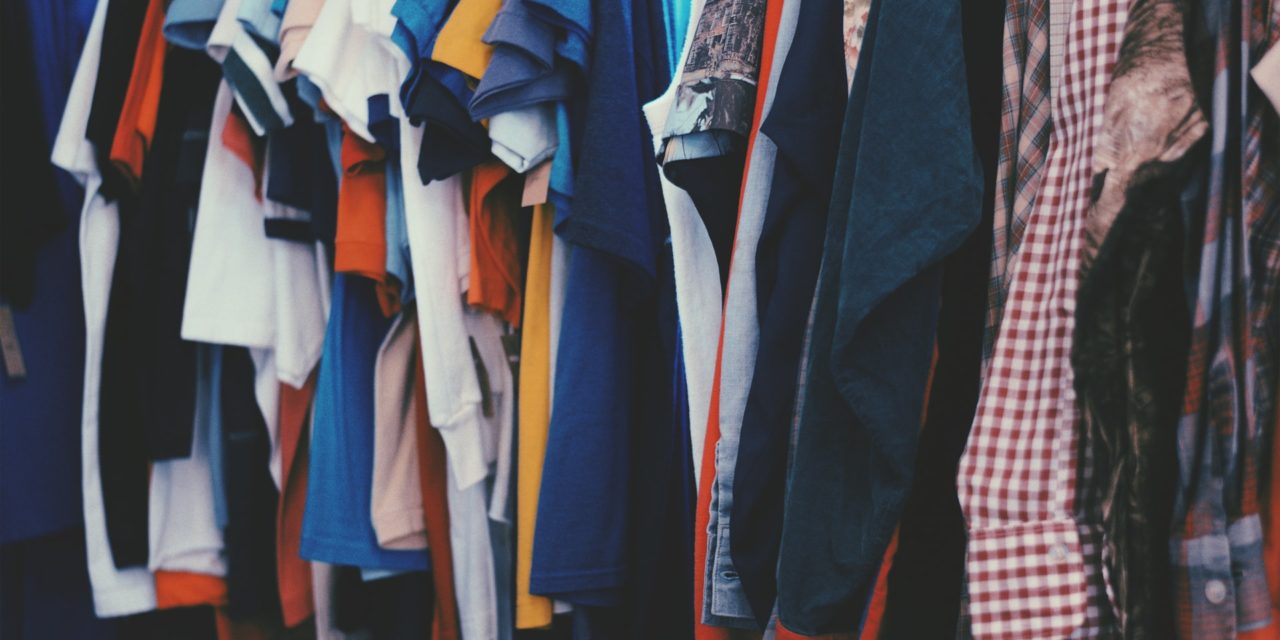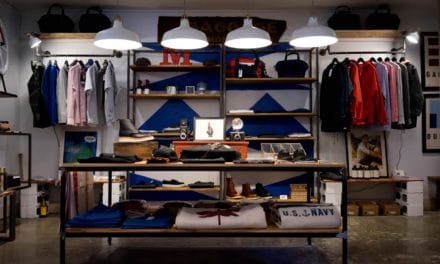[ad_1]
After having a stroke, one may experience hemiplegia or hemiparesis which causes weakness on one side of the body. As a result of this weakness, the stroke patient may have great difficulty with getting dressed. While in a rehabilitation center, stroke patients and caregivers may learn hemiplegic dressing techniques which focus on using the unaffected arm and leg to perform dressing. Such techniques focus on placing the weak arm and leg into clothing first and using the strong hand to pull clothing over the paralyzed extremities. Other techniques to help with dressing may involve using adaptive equipment such as a dressing stick. With severe disability, getting dressed or undressed can sometimes become too difficult even with hemiplegic dressing techniques or special equipment. There is a solution for this dilemma. The answer for problematic dressing is adaptive clothing or clothing for the disabled. This type of clothing is designed to make it easier for caregivers to assist a patient when getting dressed. Adaptive clothing and apparel is easier to use because of adaptations such as the following:
* Velcro or snap closures rather than buttons
* Designs which allow a person to get dressed from a seated position
* Zippers located in the front of clothing
* Front closing bras
* Velcro on shoes
* Open back clothing
* Wrap skirts
* Side-opening pants.
There are also clothing and accessory items that assist with safety and cleanliness such as non-skid socks, arm protectors, and protective bibs. Another important aspect of clothing made for the disabled is that it can accommodate for problems like swelling or poor circulation. It also allows for quick changes when bowel or bladder incontinence is an issue. Even pants can be changed from a seated position without standing. Adaptive clothing is not only convenient but is offered in fashionable styles that will allow the stroke patient to feel inconspicuous. This is important to help preserve the dignity of stroke patients who do not want to be stuck wearing hospital gowns or peculiar clothing items that draw attention.
Adaptive clothing is comparable in price to regular clothing and can be purchased at several online websites. Two such online venues are Silverts.com and BuckandBuck.com. Silvert's website (based out of Ontario, Canada) offers a catalog with clothing recommendations for stroke patients as well as dressing tips to use with the Silvert adaptive clothing line. Buck & Buck has been manufacturing adaptive clothing for over 33 years and is based in Seattle, Washington. If you are a stroke patient experiencing problems with dressing each day or a caregiver having difficulty helping a loved one get dressed, it is worth your while to check into adaptive clothing.
[ad_2]
Source by Karen Murray





